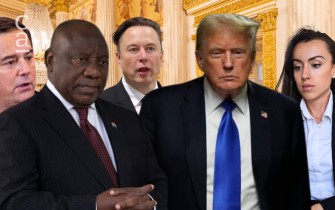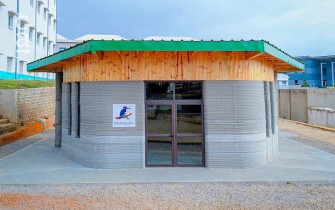Ghana - 10 interesting facts
After meticulous research and analysis, ConstructAfrica’s Ghana Report 2023 is set for release on May 1, 2023. The must-read report is comprehensive and informative.

In the lead-up to the release, we are excited to bring you ten facts about the West African country through a construction industry lens.
No. 1
Road infrastructure in the Ghanaian construction industry can be traced back to 1850, which started with pathways before they were widened, and hammock, a durable material, was used for road surfacing. (Source: Researchgate)
Read more about road construction projects in Ghana, on the ConstructAfrica website at:
- Road networks in Ghana set to undergo major overhaul in 'Year of Roads'
- Funding approved for construction of Suame Interchange in Ghana
- Funding approved for Ghana's Peduase-Mamfe-Koforidua Scenic Road Project
No. 2
Ghana was proclaimed a British crown colony in 1875. It was known as the Gold Coast because of the large amounts of gold found in the area. In April 2019, Ghana overtook South Africa as the continent’s largest and the world’s eighth-largest producer of gold. (Source: BBC News, World Gold Council)

No.3
Ghana is developing a third commercial port in the coastal town of Keta in eastern Ghana, near Ghana’s Volta River region and a short distance from Togo’s capital, Lomé. (Source: International Trade Administration, on Trade.Gov)
Read more about the Keta Port project on the ConstructAfrica website at:
- Processes on track for construction of Ghana’s Keta Port; and
- Feasibility Study for Keta Port in Ghana to be ready by February 2021.
No.4
The Adomi Bridge, with the iconic crescent-shaped arch, is the first permanent bridge to span the Volta River, which drains south into the Gulf of Guinea. The bridge is Ghana’s longest suspension bridge, and was opened in 1957 by Kwame Nkrumah, Ghana’s first president when Ghana became the first sub-Saharan country to gain independence from colonial rule. (Source: Wikipedia)

No.5
Railway construction in Ghana started from Sekondi in 1898 and reached Kumasi (267km) in 1903, after passing through Tarkwa in 1901 and Obuasi in 1902. Train operation began in 1903. (Source: Ghana Railway Company Ltd.)
Read more about railway construction projects in Ghana, on the ConstructAfrica website at:
- Thelo DB Signs Agreement to develop and manage Ghana's Western Railway Line; and
- Work to begin on Ghana’s Accra-Nsawam Railway Project.
No.6
Ghana produces petroleum and natural gas and has Africa’s fifth-largest oil and sixth-largest natural gas reserves. A petroleum and petrochemical hub is planned to process crude oil and raw natural gas into refined petroleum and petrochemical products for trading, storage, transportation, and distribution to third parties and export. (Source: DLCA logcluster.org, theenergyyear.com)
Read more about oil and gas construction projects in Ghana, on the ConstructAfrica website at:
No.7
The Volta Lake, the largest man-made lake in the world, was created in the early 1960s by building the Akosombo Dam and flooding the long valley of the River Volta. The dam was first proposed by Albert Ernest Kitson, a British-Australian geologist, in 1915. Construction started in 1961, with completion in 1965. Funded by the World Bank, the UK, and the United States, the ambitious project has been called "the largest single investment in the economic development plans of Ghana". The dam is owned and run by the Volta River Authority, a government agency. (Source: DLCA logcluster.org, ice.org.uk)

No.8
The first West African hydro-solar plant was deployed in Ghana in January 2022 in collaboration with the United States Agency for International Development (USAID) and the U.S. Department of Energy’s National Renewable Energy Laboratory (NREL). This project represents a major advancement in West Africa’s efforts to integrate larger shares of renewables into its regional energy mix. (Source: cleantechnica.com).
Read more about the Bui hydro-solar facility being developed in Ghana, on the ConstructAfrica website at:
No.9
Kejetia Market in Kumasi has 11,000 stalls and over 40,000 people working there. It is claimed to be the largest market in West Africa. (Source: Lonely Planet)
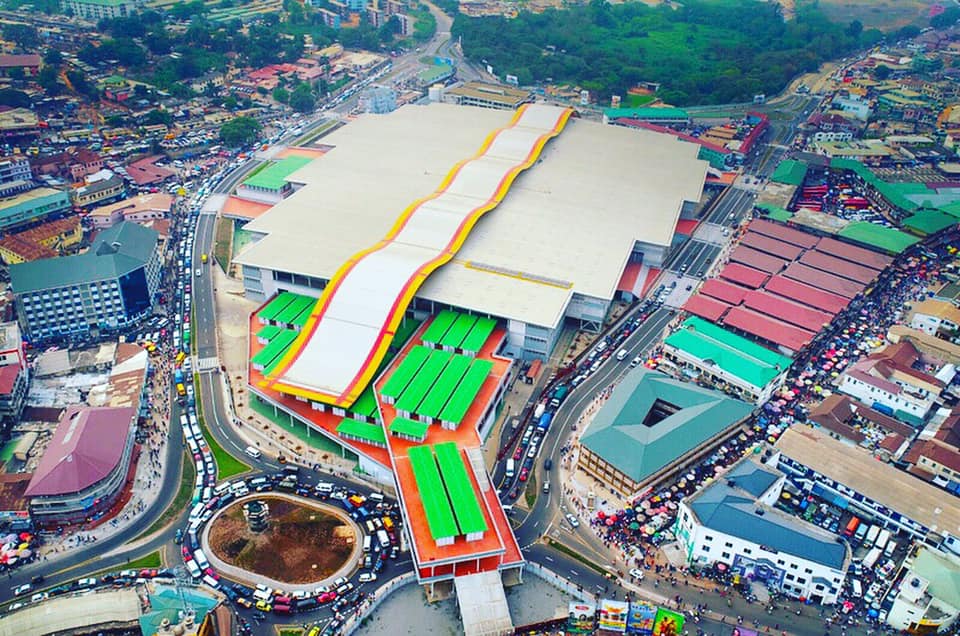
No.10
The Museum on Slavery and Freedom will be constructed in Cape Coast, Ghana’s former capital and home to the earliest European trading outpost south of the Sahara. The museum will be the first in Africa. It will oratorically, visually, and through state-of-the-art digital technology, share information globally about the history and global impact of the Trans-Atlantic Slave Trade. World renowned Ghanaian, David Adjaye, is the lead architect for this project. (Source: gmnosaf.org)
Read about the architect, Sir David Adjaye, on the ConstructAfrica website at:
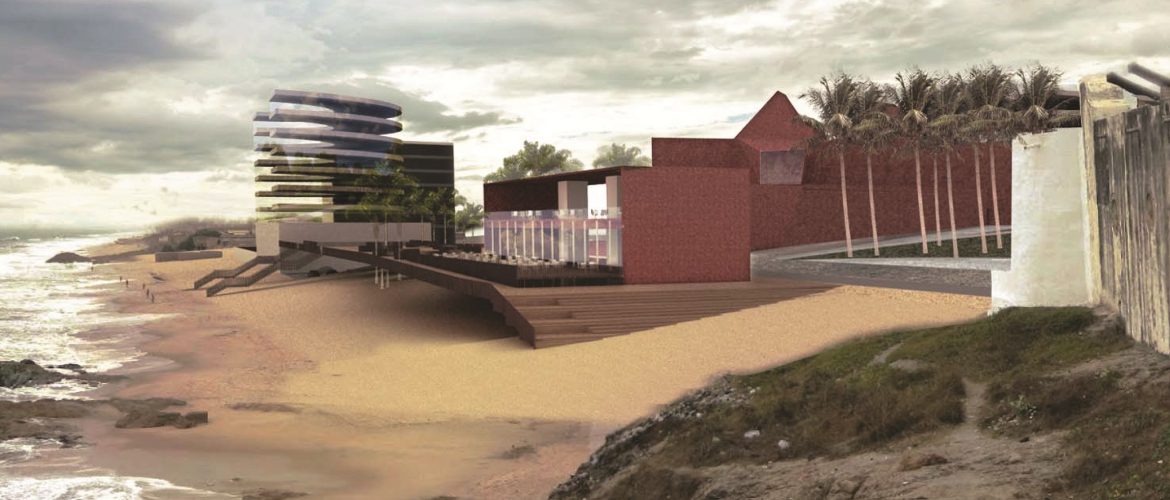
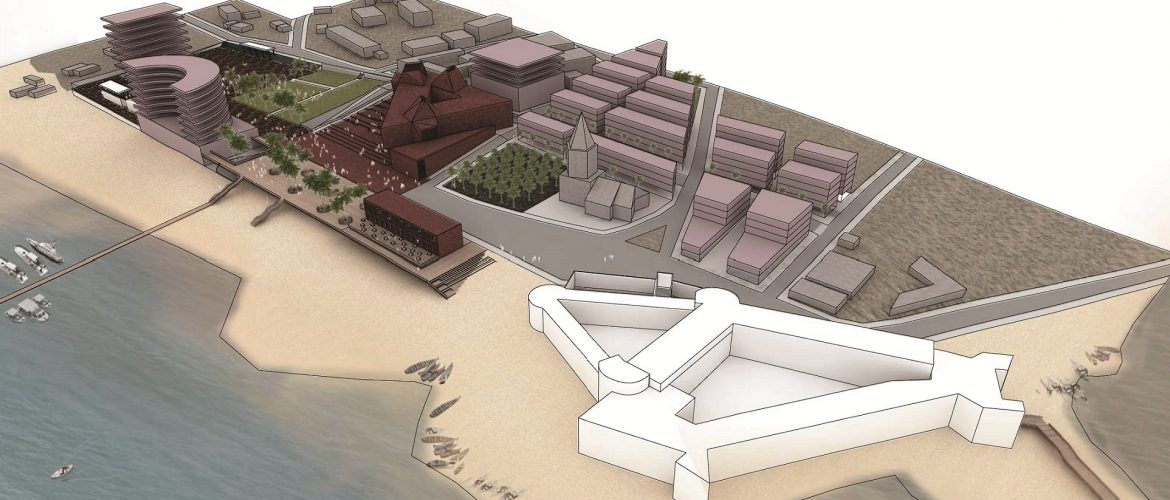
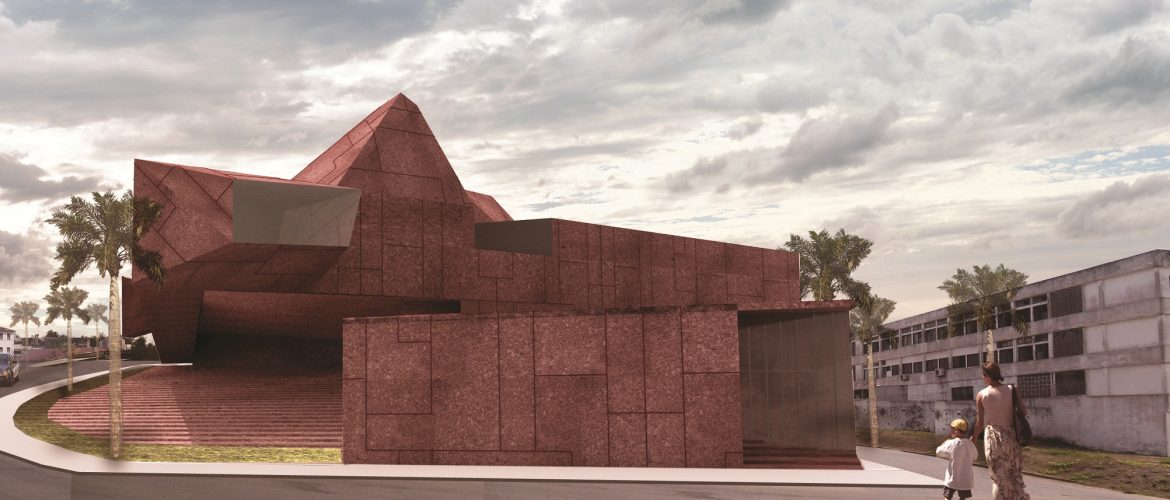
Top Photo: Adomi Bridge - latticed steel arch suspension bridge crossing the Volta River at Atimpoku in Ghana (Charles Ainoo | Dreamstime)


